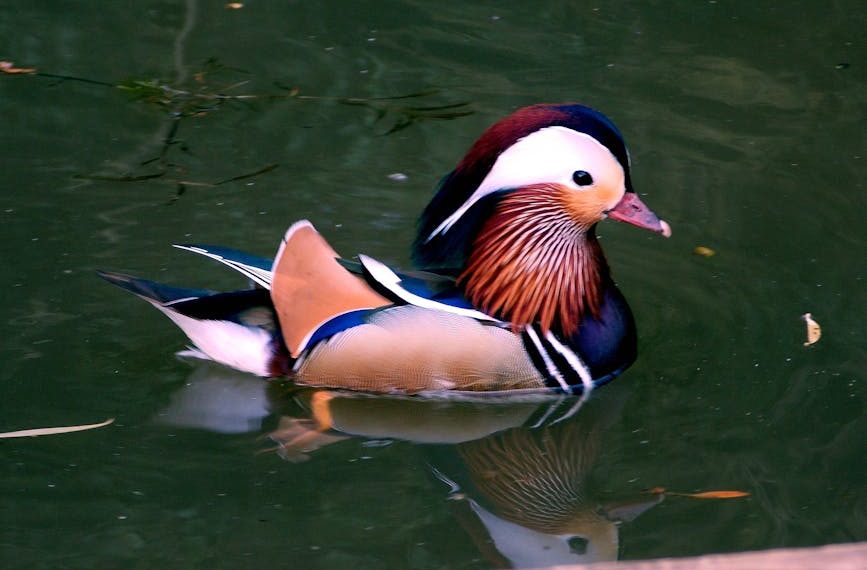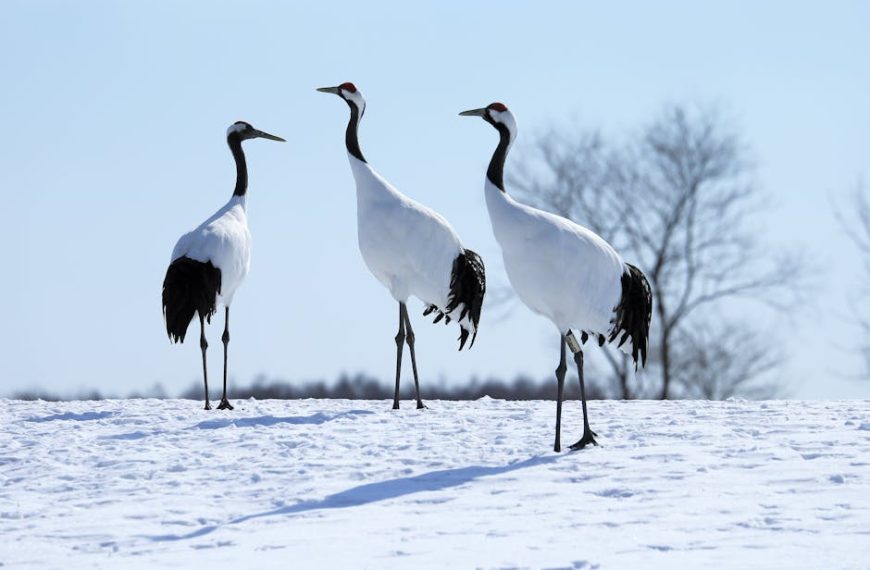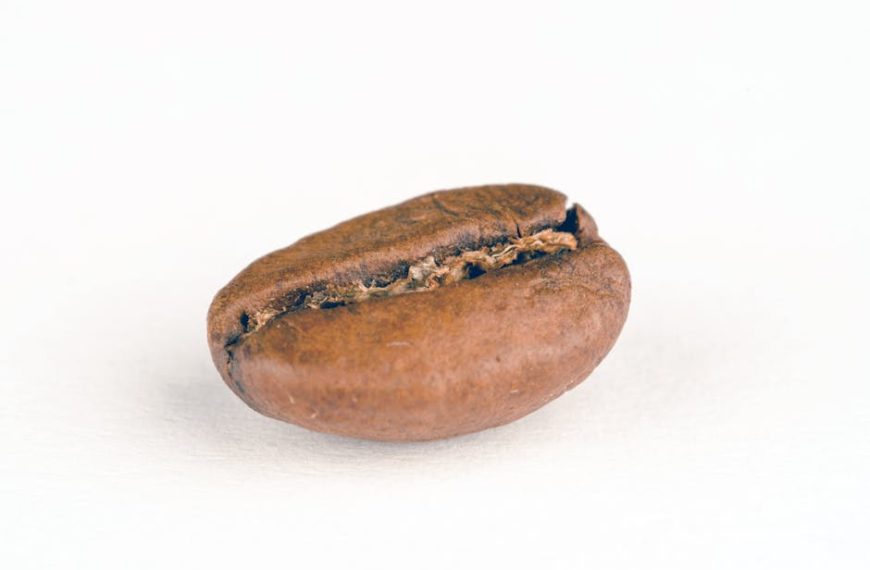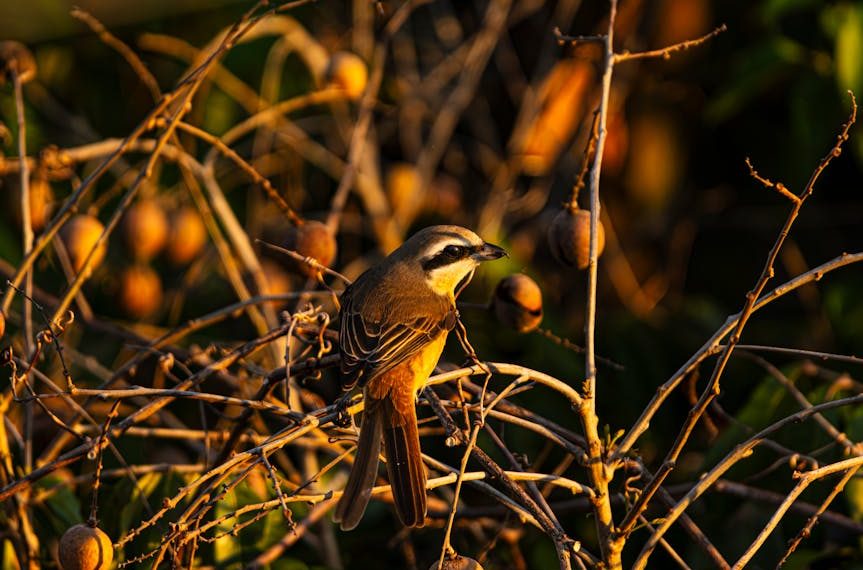Birdwatching enthusiasts and backyard birder-afficionados know the joy of attracting a variety of avian visitors to their gardens or patios. One of the most feasible ways to entice these beautiful creatures is by offering them an assortment of their favourite foods. Among these, peanuts hold a special place. They are filled with nutritional benefits that are favourable to many bird species, attracting a myriad of bird types to your backyard with their delicious crunch.
Understanding Bird Nutrition and the Role of Peanuts
Fundamentally, a bird’s diet comprises of nuts, seeds, fruits, insects, or tiny animals, contingent upon the species. Peanuts, being a potent source of protein and fats, serve as an ideal food supplement for our feathered friends. They also possess several vitamins and minerals like vitamin E, niacin, and manganese that impart immense health benefits to birds.
Here are a few crucial nutrients found in peanuts which are beneficial to avian health:
- Protein: Essential for feather formation and muscle development.
- Fat: Provides energy for daily activities and serves as insulation in cold climates.
- Fiber: Aids in digestion.
- Vitamins and minerals: Boost immunity and contribute to bone, vision, and reproductive health.
Quick Fact: One ounce of raw peanuts contains approximately 7 grams of protein, 14 grams of fat, and 2 grams of fiber.
Identifying Birds That Love Peanuts
Delve into the adventurous world of birdwatching by identifying bird species that are peanut aficionados. Noteworthy among them are jays, woodpeckers, titmice, chickadees, crows, and nuthatches. From their distinctive calls and vibrant plumes to their specific diet preferences, each bird displays unique characteristics.
Here’s a concise list of peanut-loving bird species:
- Scrub Jay: Recognizable with their bright blue wings and tail.
- Woodpecker: Known for their rhythmic drumming on tree trunks.
- Tufted Titmouse: Identified by their grey upper body and peach-colored undersides.
- Black-capped Chickadee: Smaller birds with a distinct “chick-a-dee-dee-dee” call.
- American Crow: Larger birds, entirely black, known for their hoarse cawing.
Safe Peanut Feeding Practices for Birds
While feeding peanuts to your avian neighbours, there are some safety measures to keep in mind. It’s paramount to use raw, unsalted peanuts, as salt can have detrimental effects on birds, and process treatments might strip away essential nutrients. Additionally, peanuts should be fresh to prevent potential mold contamination, which can be lethal to birds.
Here’s a checklist for safe peanut feeding:
- Use raw, shelled, unsalted peanuts.
- Opt for fresh, good-quality peanuts.
- Do not offer peanuts showing signs of mold or rancidity.
- Use peanut feeders to make the food easily accessible.
ProTip: Make sure to clean the bird feeders regularly to prevent the formation of molds and bacteria.
Attracting Peanut-Loving Birds to Your Backyard
Attracting a diverse variety of feathered denizens is a rewarding endeavour. While providing a regular supply of peanuts is a fundamental aspect, there are other strategies to increase the rate of avian visits. Multipurpose bird feeders, availability of clean water, diverse edible offerings, and bird-friendly landscapes play pivotal roles in attracting these birds.
Here are the top 5 strategies:
- Use a bird feeder designed for peanuts.
- Regularly supply fresh, clean water alongside food.
- Add variety to the food offering – include seeds, fruits besides peanuts.
- Create a bird-friendly landscape with birdhouses and perching spots.
- Avoid usage of harmful pesticides and chemicals in your garden.
Best Practice: Monitor the feeding habits and regular visitors to maintain a suitable and sustainable feeding routine.
Caring for Peanut-Loving Birds Beyond Feeding
Caring for feathered friends involves more than just feeding them. Bird-watchers can put in extra effort to create a welcoming environment that emulates their natural habitat. Providing spaces for them to build nests, offering perches, and monitoring them for signs of common diseases or parasites are some steps toward this endeavor.
Below are a few ProTips on bird care:
- Regularly clean and renew birdhouses, nest boxes and feeders.
- Keep an eye for any signs of possible diseases.
- Avoid startling the birds; observe them from a respectful distance.
Furthermore, the care requirements for birds can differ significantly between the hot summer months and the chilly winter season, as illustrated in the table below:
| Season | Best Practices |
|---|---|
| Summer |
|
| Winter |
|
Nurturing your backyard birds is a rewarding engagement that requires consistent effort and a bit of knowledge. By adhering to these best practices and enriching their diet with nutritious foods like peanuts, you can look forward to many lively bird-watching sessions right at your doorstep.
Key Takeaway:
- Peanuts hold a unique spot in the diet of different bird species, offering essential nutrients, including protein, fats, fiber, and various minerals and vitamins.
- Several common bird species, like jays, woodpeckers, chickadees, etc. are known to love peanuts.
- Ensuring safe feeding practices, such as using raw, unsalted peanuts and watching out for potential mold contamination is crucial.
- By combining the provision of peanuts with some other strategies, such as offering diverse food sources, clean water, and creating bird-friendly landscapes, one can attract more peanut-loving birds to their backyards.
- Caring for birds goes beyond feeding – it also involves creating a welcoming environment that considers their natural habitat and observing them for signs of common diseases or parasites.
Birds bring life, color, and music to our gardens and patios. By following the pointers discussed, bird lovers can attract a variety of species to their backyards and gain immense joy from bird-watching. Remember, your actions make a difference in the lives of these beautiful feathered creatures. So, offer them a role in your daily routine, and you will be amazed at the richness they bring into your life.
FAQs
Q: What types of birds don’t like peanuts?
A: Most birds are attracted to peanuts due to their nutritional composition, but some birds like sparrows and finches prefer smaller seeds.
Q: Can I feed roasted or salted peanuts to birds?
A: It’s generally safer to offer birds raw, unsalted peanuts. Roasted or salted peanuts might have additives that could harm the birds.
Q: Is it safe for birds to eat peanut butter?
A: Yes, birds can eat peanut butter. However, ensure it doesn’t contain harmful additives such as salt or sugar.
Q: How often should I clean my bird feeder?
A: It’s recommended to clean your bird feeder once every two weeks, but if you observe mold or contamination, clean it immediately.
Q: How can I prevent squirrels from eating the peanuts meant for birds?
A: Squirrel-proof bird feeders or placing the feeder out of reach of squirrels can help prevent them from eating the bird food.
Feel free to share this article and explore other posts on our website! You just might enhance your bird-watching experience significantly.












